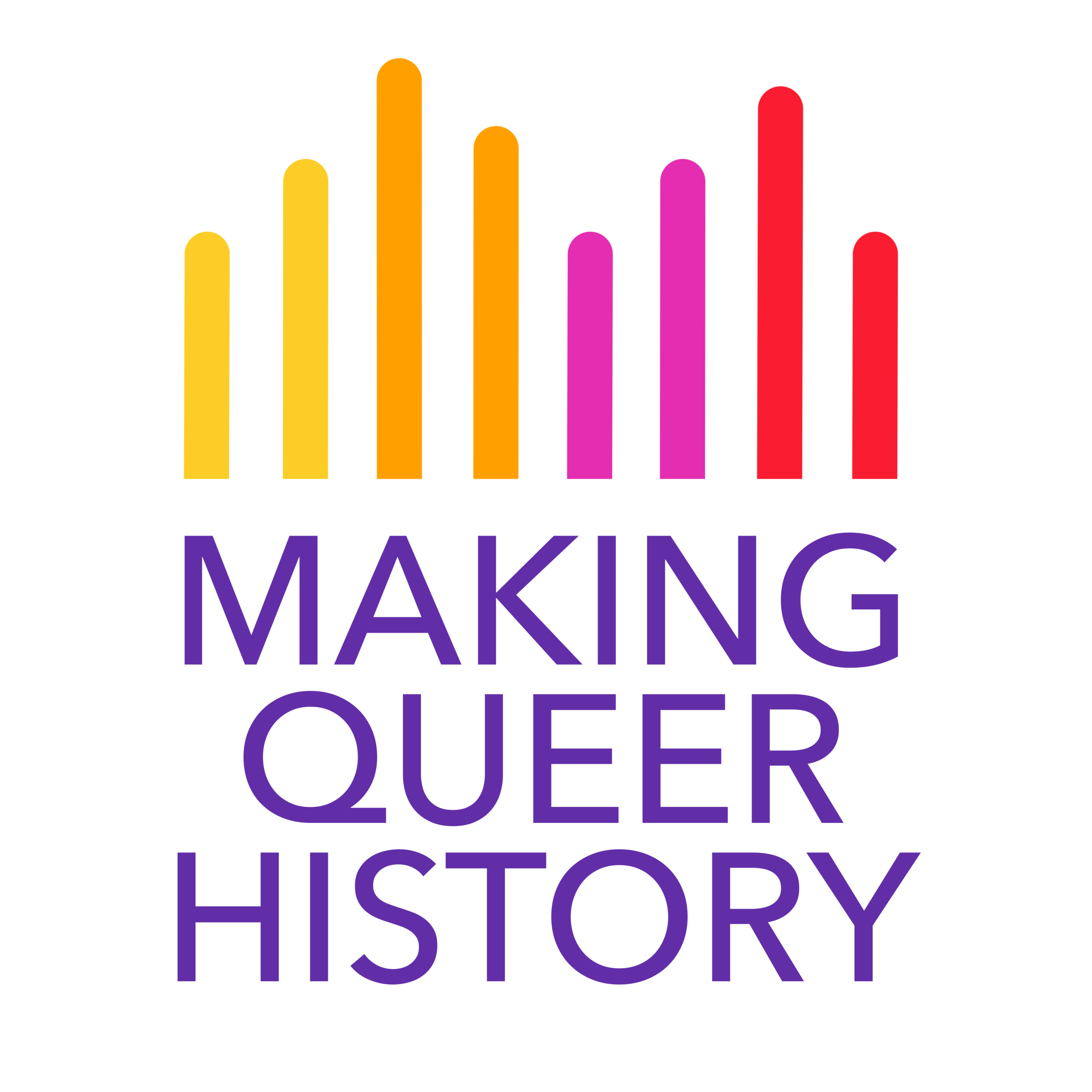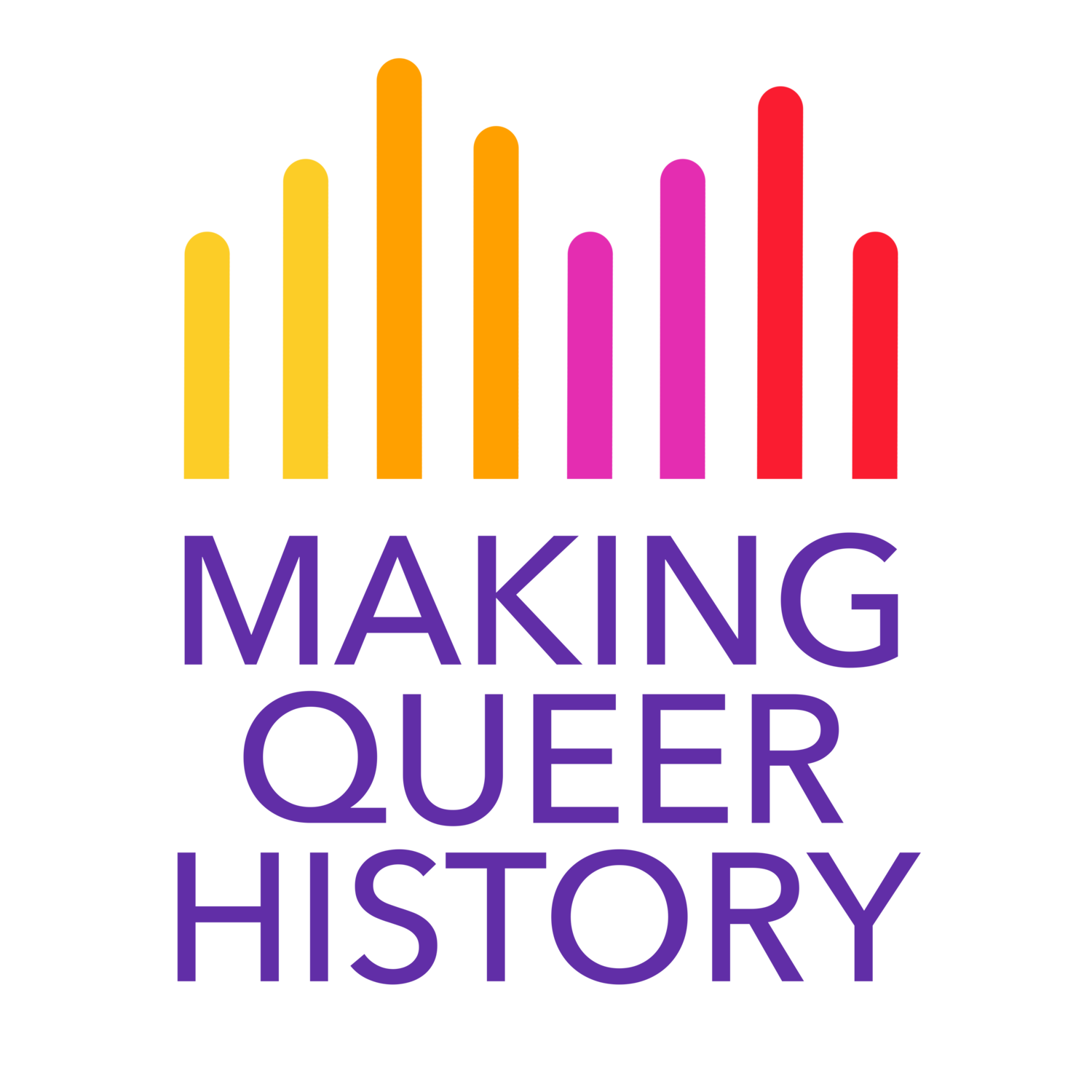Queer history is a profoundly entangled beast. Within this project, we have found the same names coming up over and over. Edward Carpenter, Virginia Woolf, and Oscar Wilde are some of the most common, and all have their connection to Katherine Mansfield. Originally named Kathleen Beauchamp, she would later take on Katherine Mansfield as a pen name. This name followed her for the rest of her life. Though she died young, she had an eventful life and left a legacy of queerness in her wake.
Making Queer History has a vague title because it has a rather vague purpose. We are not alone in our aim to tell the queer community’s history. What defines us is our focus not only on the past, but toward the future.

